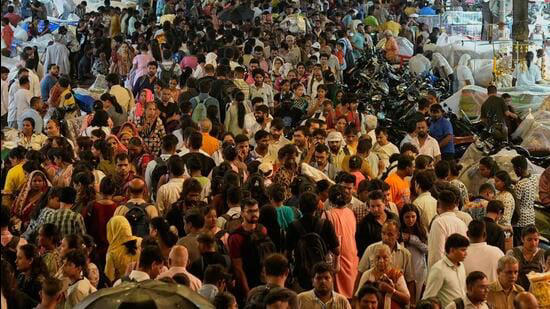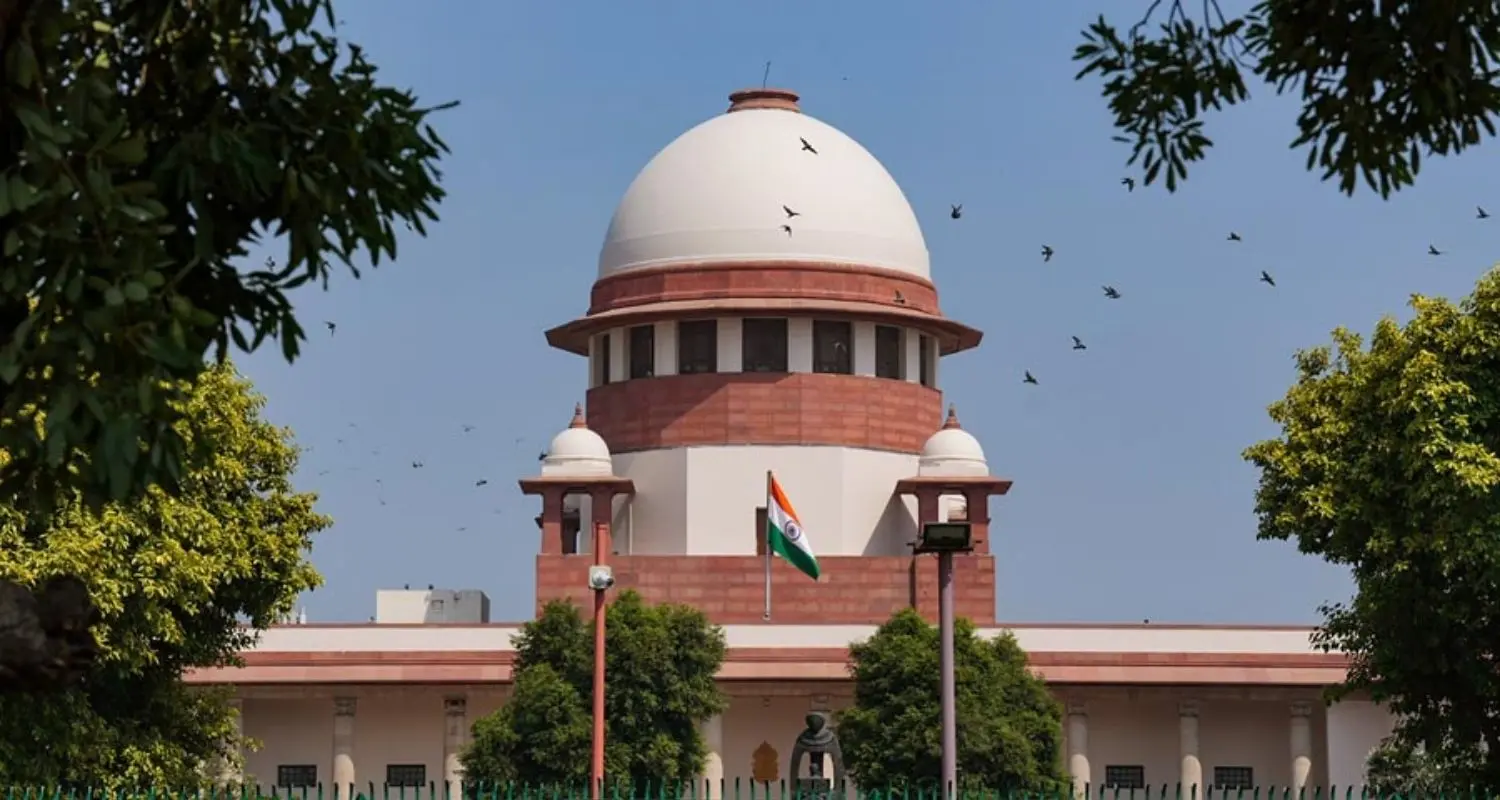Now Reading: India’s Census 2027: Pre-Test and Self-Enumeration to Begin in November
-
01
India’s Census 2027: Pre-Test and Self-Enumeration to Begin in November
India’s Census 2027: Pre-Test and Self-Enumeration to Begin in November

India is gearing up for its 16th national Census, scheduled for 2027, with preparatory activities commencing in November 2025. The government has announced two key phases: a self-enumeration period from November 1 to November 7, 2025, and a pre-test exercise from November 10 to November 30, 2025. These steps aim to refine the data collection process ahead of the full-scale census.
Understanding the Phases
- Self-Enumeration (November 1–7, 2025): During this period, residents across selected sample areas will have the opportunity to complete their census forms independently, primarily through an online portal. This approach encourages public participation and familiarizes citizens with the census process.
- Pre-Test Exercise (November 10–30, 2025): Following the self-enumeration phase, a comprehensive pre-test will be conducted in various regions to assess the effectiveness of the data collection methods. This exercise will involve enumerators visiting households to verify and supplement the information provided during self-enumeration, ensuring accuracy and completeness.
Significance of the Census 2027
The upcoming Census holds particular importance as it will be the first digital enumeration in India’s history. The data collected will not only inform policy-making but also aid in the allocation of resources and representation at various levels of government. Additionally, this census will include caste enumeration for the first time since 1931, providing valuable insights into the socio-economic fabric of the nation.
Implications for Tier-2 Cities
For residents of Tier-2 cities, these preparatory activities offer an opportunity to engage with the census process early on. Participation in the self-enumeration phase can help ensure that their communities are accurately represented. Moreover, the pre-test exercise will help identify and address any challenges specific to urban settings, such as data collection in densely populated areas or regions with limited digital access.
Conclusion
The commencement of self-enumeration and the pre-test exercise marks a significant step toward the successful execution of Census 2027. By involving citizens early in the process and testing the methodologies, the government aims to conduct a comprehensive and accurate census that reflects the diverse demographics of India. As the process unfolds, residents are encouraged to participate actively, contributing to a more informed and representative national record.

























